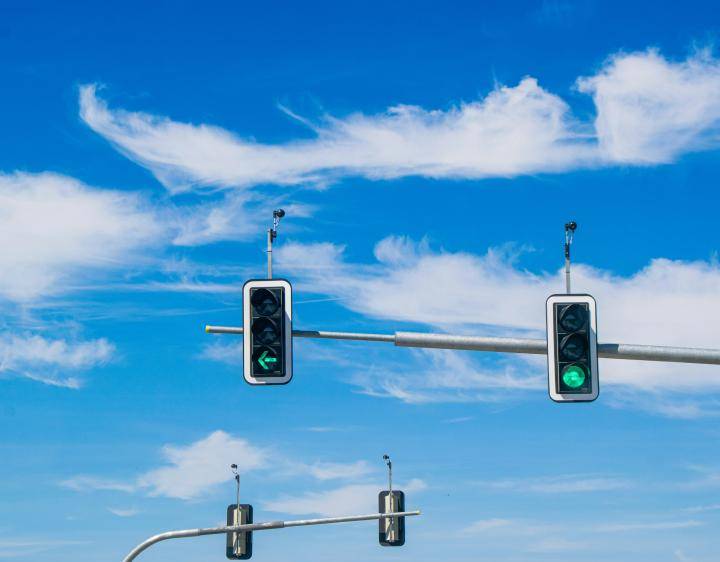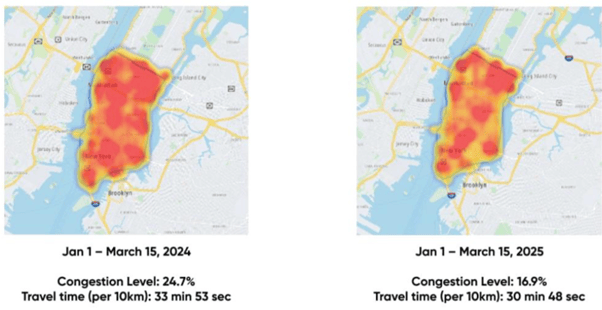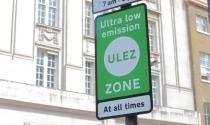Verra Mobility: Enabling safer streets and cleaner air


Having recently returned from the Beloe family holiday, many readers, like me, will have encountered speed cameras on their long holiday drives. If you have been visiting large urban areas, you may also have had to pass through congestion or ‘clean air’ zones where access is controlled by cameras and other infrastructure.
Speed cameras improve road safety
These schemes have proved to be remarkably effective at reducing road accidents and congestion and improving air quality. A recent study in New York City, for example, found that cameras installed in school zones reduced crashes by 14% and speeding tickets by 75%1.
In a 2010 review, Cochrane - an international non-profit focused on effective healthcare policy - summarised 28 international studies that reported the effect of safety cameras on crashes and found reductions of 8 for all crashes, 8 for injury crashes and 11 for crashes involving fatalities and serious injuries. A detailed anthology of these and other studies is available from the Insurance Institute for Highway Safety in the US2.
It is not surprising therefore that speed cameras are both popular3 and becoming more common in many countries. In the US, for example, the number of communities and regions that have deployed speed cameras has doubled since 20204.
Congestion schemes reduce congestion and improve air quality
Congestion charging is also proving to be very effective both in reducing congestion and improving air quality. Data from TomTom5 shows that New York City’s newly implemented congestion toll (introduced in January 2025) is delivering a noticeable reduction in traffic and delays in downtown Manhattan.
Following in the footsteps of similar programmes in London and Singapore, NYC’s congestion pricing has led to a clear drop in road use and less time spent in traffic, particularly during peak hours. Over the first three months of the programme, congestion within the tolled area of Manhattan fell from 24.7% to 16.9% compared to the same period last year. Average travel time per 10 kilometres improved from 33 minutes to 30 minutes, while average speeds rose from 17.6 km/h to 19.4 km/h.
Figure 1: Congestion levels in New York City pre and post congestion charging6

Reduced congestion results in lower emissions due to less idling and also because of modal shift with more people travelling by public or ‘active’ transport (eg cycling or walking). The NYC scheme has, over this still limited time period, shown a modest 2.5% reduction in vehicles emissions.
London’s Ultra Low Emission Zone (ULEZ) which has been in place for longer has reported reduced total vehicle emissions by 6% across London as a whole and NOx emissions by 36%7,8. As a regular cyclist in London, I can attest to the noticeable improvement in the quality of the air that I breathe.
Verra Mobility – a global leader in smart mobility technology
While the decision to install road safety cameras and congestion charging zones is a matter of public policy, the technology used to implement these projects is typically provided by private companies. Verra Mobility is one of these companies.
Headquartered in the US, Verra provides the technology including both hardware and software for implementing congestion charging schemes and in deploying road safety cameras. The company also provides a software platform for car rental companies and other fleet operators to help manage toll road payments and traffic violation processing for their fleets.
We initiated a position in our Sustainable Transport theme in August. We believe that the company will continue to benefit from growth in road safety schemes as well as in the expansion of congestion pricing and low-emission tolling areas.
The company has a dominant position in the car rental and vehicle fleet markets with a strong competitive moat due to its established relationships with governments and regulatory authorities. The key risks to the business include the development of in-house solutions by their clients, technology disruption and sensitivity to the economic cycle affecting vehicle use.
While safety cameras and congestion charging do enjoy much wider public support that is commonly assumed, there are still significant constituencies that oppose their introduction. As the evidence continues to build of the positive impact these technologies have, we believe that this market will continue to grow. Verra is well-placed to enable this growth and benefit from it, helping to deliver safer streets and cleaner air for millions of people in cities and communities around the world.
Sign up here to receive our monthly and quarterly commentaries in your inbox.
1 Assessing the impact of fixed speed cameras on speeding behavior and crashes: A longitudinal study in New York City - ScienceDirect
2 https://www.iihs.org/research-areas/speed#speed-safety-cameras
3 https://www.bloomberg.com/news/articles/2025-08-28/automated-traffic-enforcement-is-more-popular-than-you-think
4 https://www.iihs.org/research-areas/speed#speed-safety-cameras
5 https://www.tomtom.com/newsroom/explainers-and-insights/the-data-behind-nyc-s-congestion-pricing-success/
6 https://www.tomtom.com/newsroom/explainers-and-insights/the-data-behind-nyc-s-congestion-pricing-success/
7 https://www.london.gov.uk/sites/default/files/2025-03/London-wide20One%20Year%20Report_Mar2025.pdf
8 https://www.london.gov.uk/media-centre/mayors-press-releases/new-evidence-reveals-all-londoners-are-now-breathing-cleaner-air-following-first-year-expanded-ultra#:~:text=Thanks%20to%20all%20phases%20of,in%20Los%20Angeles5B8%5D.


